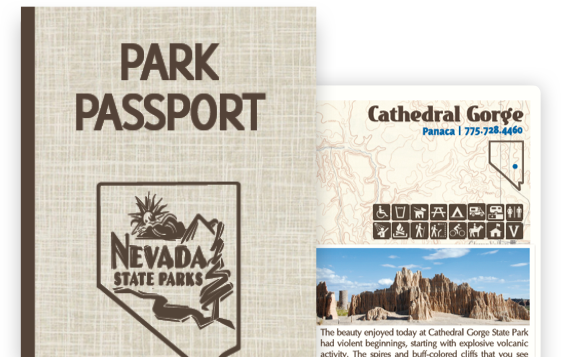Natural Resources and Climate of Valley of Fire State Park
 The area plant community is dominated by widely spaced creosote bush, burro bush and brittlebush. Several cactus species, including beaver tail and cholla, are also common. The springtime bloom of such plants as the desert marigold, indigo bush, and desert mallow are often spectacular along park roads.
The area plant community is dominated by widely spaced creosote bush, burro bush and brittlebush. Several cactus species, including beaver tail and cholla, are also common. The springtime bloom of such plants as the desert marigold, indigo bush, and desert mallow are often spectacular along park roads.
Resident birds include the raven, house finch, sage sparrow and roadrunner. Many migrant birds also pass through the park. Most desert animals are nocturnal and not frequently seen by the passing motorist. Many species of lizards and snakes are common in the park, as well as the coyote, kit fox, spotted skunk, black tailed jackrabbit and antelope ground squirrel.
The desert tortoise is a rare species and is protected by state law. If you are lucky enough to come across one please leave this likeable and harmless creature to live its life in peace in its own environment.

Winters are mild with temperatures ranging from freezing to 75˚F. Daily summer highs usually exceed 100˚F and may reach 120˚F. Summer temperatures can vary widely from day to night. Average annual rainfall is four inches, coming in the form of light winter showers and summer thunderstorms. Spring and fall are the preferred seasons for visiting the Valley of Fire.



